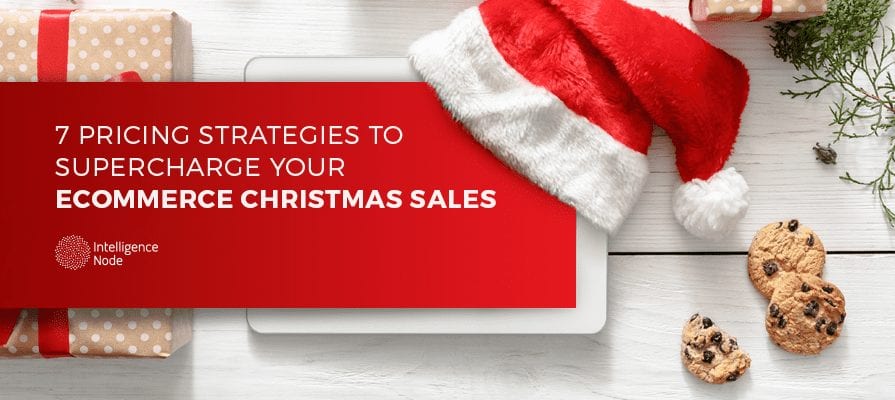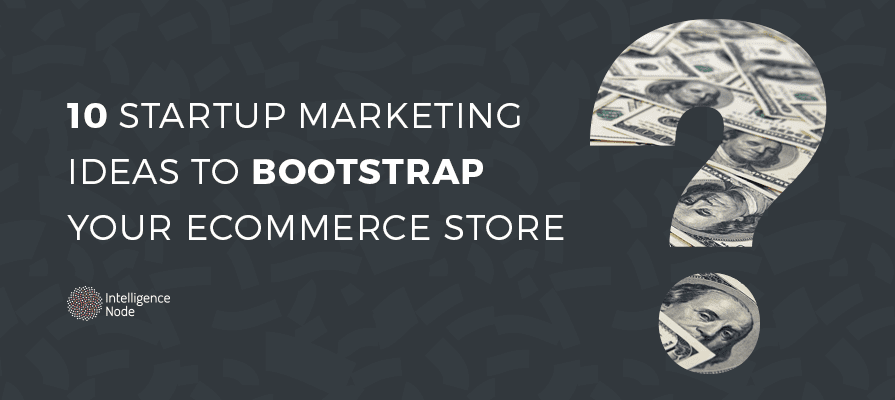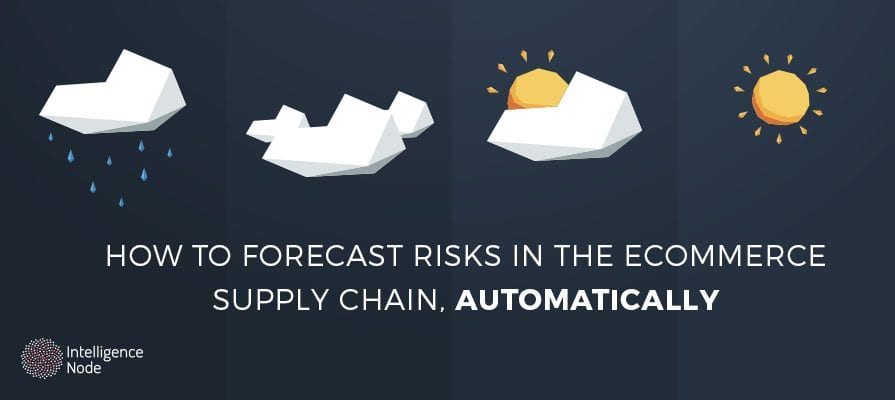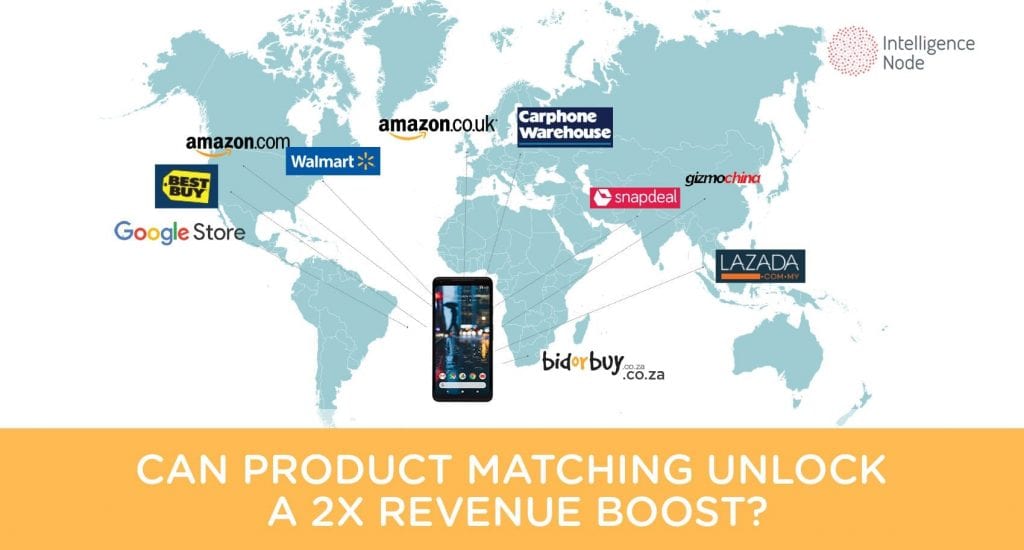Price matters. In fact, it matters more than any other factor to at least 60% of consumers. More and more consumers are turning to eCommerce platforms for holiday gifts. In 2015, Cyber Monday sales alone totaled more than $3 billion. That being said, pricing your merchandise right may be the only thing standing between you and skyrocketing success.
1. Promote Your Pricing
Spending money can be painful. Take the pain out of the process by building excitement around your pricing and your products. Customers can’t purchase items they don’t know about, and they certainly can’t participate in sales that aren’t well-advertised.
Promote your prices on your Facebook and other social media pages, as well as in direct marketing to previous customers. By presenting your prices as a source of value and excitement, you can spur customers to make a purchase now.
2. Try Bundling
Bundling is one way to get consumers to pay more for something. Bundling pairs related items together, creating the perception of a deal. Bundling can encourage consumers to spend a little extra on an item they otherwise would not have purchased.
One study on bundling-based pricing strategies, for example, found that Nintendo sold more Game Boys when the console was paired with a game. Market related items together for a slightly higher price, and watch customers purchase the bundle alongside a myriad of related products. Consider increasing interest in your bundles by labeling them as limited editions or using special packaging to market bundles as gifts.
3. Choose the Right Sales
Sales are the perfect way to market your products and encourage more spending — particularly when sales coincide with big shopping days such as Cyber Monday and Black Friday. Remember also that consumers shop for themselves after the holiday, so plan an after-holiday sale, too.
So which sales strategies work best? Buy-one, get-ones are always big winners, inspiring consumers to spend more than they otherwise would because they believe they are getting something for nothing. Sales that encourage customers to make a future purchase by offering a gift card or discount can also be big winners.
Don’t abuse sales. Too many sales can cause customers to lose interest, and may even cause them to view you as a discount retailer.
4. Offer a More Expensive Alternative
Consumers love to get a deal. One way to get them to spend money without discounting your prices is to use decoy pricing. Decoy pricing is the use of a more expensive alternative — and sometimes a cheaper one, too. When customers see the mid-priced item, they think they’re getting a good balance of quality and price, encouraging them to make a purchase. Just make sure the mid-priced item is almost as appealing as the higher-priced item, and significantly more appealing than the lower-priced one.
5. Tell a Value-Based Story
Though price is a significant consideration in every purchasing decision, consumers don’t reflexively buy the cheapest item. They’re looking for a good balance of price and quality. If you want consumers to upgrade to a pricier item, tell a story about value.
Highlight the lasting quality of your item, but don’t just use sales copy. Customers are willing to spend more if they think they are getting more. Consider that consumers buy items based on how they think those items will fit into their lives. By presenting an item as a potential heirloom, an investment in long-term value, or a product that will lead to adventure, a better job, or more fun, you give consumers a reason to spend more.
6. Research Your Competition
Everyone has competition. You need to know yours as well as you know your own products. By creating a contrast with your competition, you can encourage even your competition’s loyal customers to choose your product instead.
Some options include:
- Pricing your items higher to create the illusion of more value. You can get away with even higher pricing if you offer a guarantee, an improvement in customer service over your competition, or some other tangible improvement.
- Discounting your prices. If your items are similar to your competitors’ offerings but you offer a lower price, you need only notify consumers of the price difference to entice them to come to your business.
7. Utilize Anchor Pricing
Research shows that people view a piece of information offered first as highly reliable. How can you use this to your advantage? Practice anchor pricing. If an item is on sale, display the original price first, followed by the sale price.
Alternatively, consider listing the item’s “value” or “retail price” first, followed by the price you offer. In so doing, you instruct customers that you’re offering a significant deviation from what they might expect to pay elsewhere.
Tis’ The Season
Online shopping is low effort, giving consumers more time to plan their purchases — and more opportunities to spend more money. The right eCommerce pricing strategies can supercharge your sales, making this holiday season your best yet.




